Growing in Lousy Soil: Persistent Perennials
Want to know what perennials will grow in your lousy soil? Learn about the five most persistent perennials that can adapt to lousy soil conditions.
Lots of interesting new perennial flowers are set to debut in the 2023 growing season.
Some offer new flower colors, some bloom longer than ever, and some sport novel leaf shades in addition to their flowers.
Here are seven distinctive newcomers worth checking out.
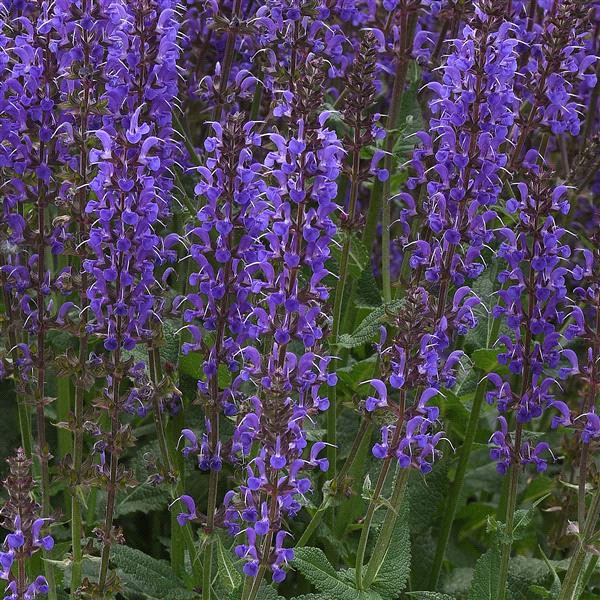
Salvia nemorosa ‘Blue by You’. Photo courtesy Darwin Perennials.
This drought-tough, bee-friendly, deer- and rabbit-resistant introduction is the only new perennial that scored well enough in nationwide trials to earn a national All-America Selections award for 2023.
AAS trial judges said that salvia ‘Blue by You’ stood out for its exceptionally large, purple flower spikes and its early bloom time – up to two weeks sooner than most salvias, which typically start blooming in mid-May.
‘Blue by You’ also gives repeat blooms in late summer to early fall, especially when the spent first round of flowers are snipped off (“deadheaded”).
Plants grow about 22 inches tall and are winter-hardy in USDA growing Zones 4b to 9a.
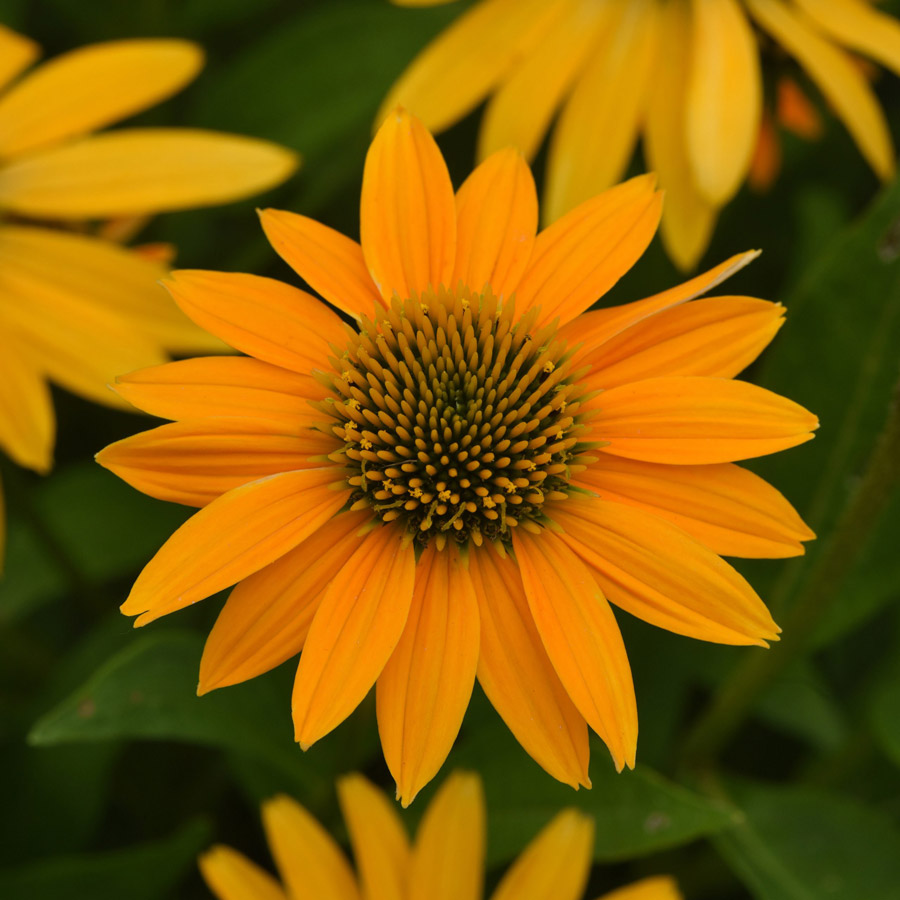
Echinacea Artisan™ Collection Yellow Ombre. Photo courtesy PanAmerican Seed.
This compact, deer- and disease-resistant native performed well enough in trials to earn 2023 AAS honors in the Southeast and Northeast regions of the U.S.
Coneflower Artisan™ Yellow Ombre stands out on three fronts – it’s stocky and compact at under two feet tall, it has rich golden-yellow flowers, and it blooms an unusually long time, from June to September.
Yellow Ombre does best in full sun, is drought-tough once established, is attractive to birds and butterflies, and is winter-hardy in Zones 4a to 10b.
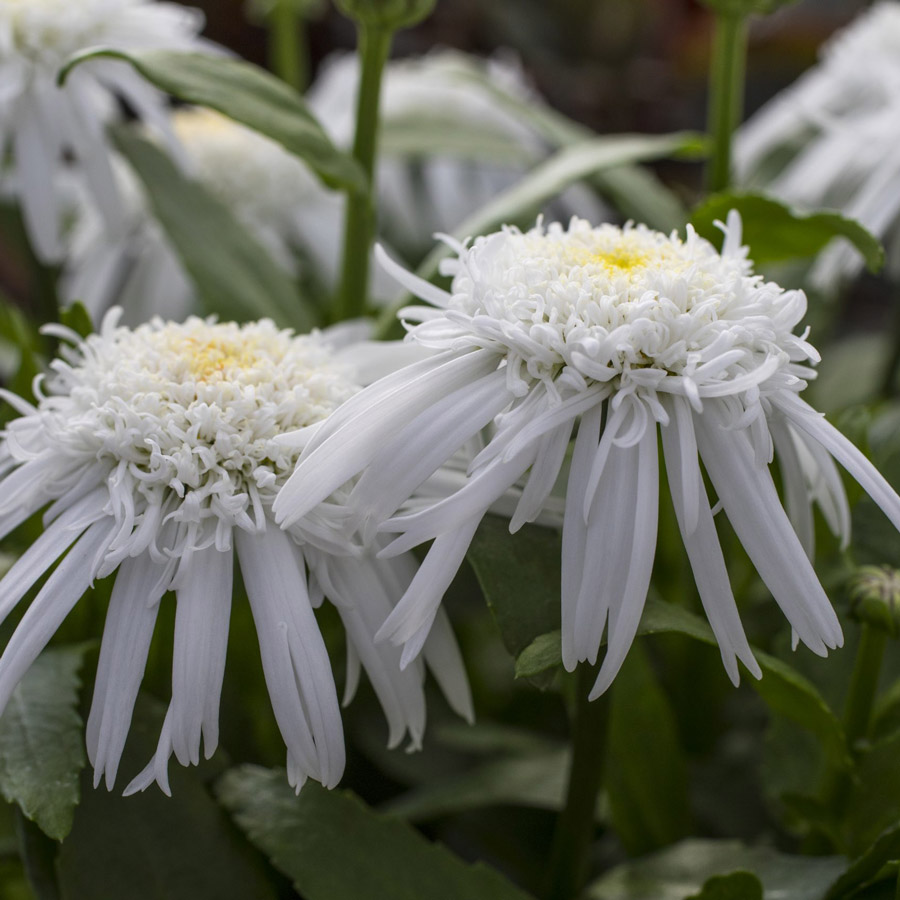
Leucanthemum Carpet Angel®. Photo courtesy All-American Selections.
Carpet Angel® is a break-through for its super-short size. It’s being billed as the first groundcover Shasta daisy (Leucanthemum) – a variety that can fan out 20 inches wide but that grows only six to eight inches tall.
Shasta daisies typically grow two to three feet tall.
Carpet Angel is another very long-blooming perennial, producing semi-double white flowers throughout the summer. The flowers have a large, frilly white central cone with longer white petals drooping around the perimeter.
The variety did well enough in trials to earn a 2023 AAS award in the West/Northwest and Mountain/Southwest regions.
Plants grow in sun or part shade and are winter-hardy in Zones 4a to 10b.
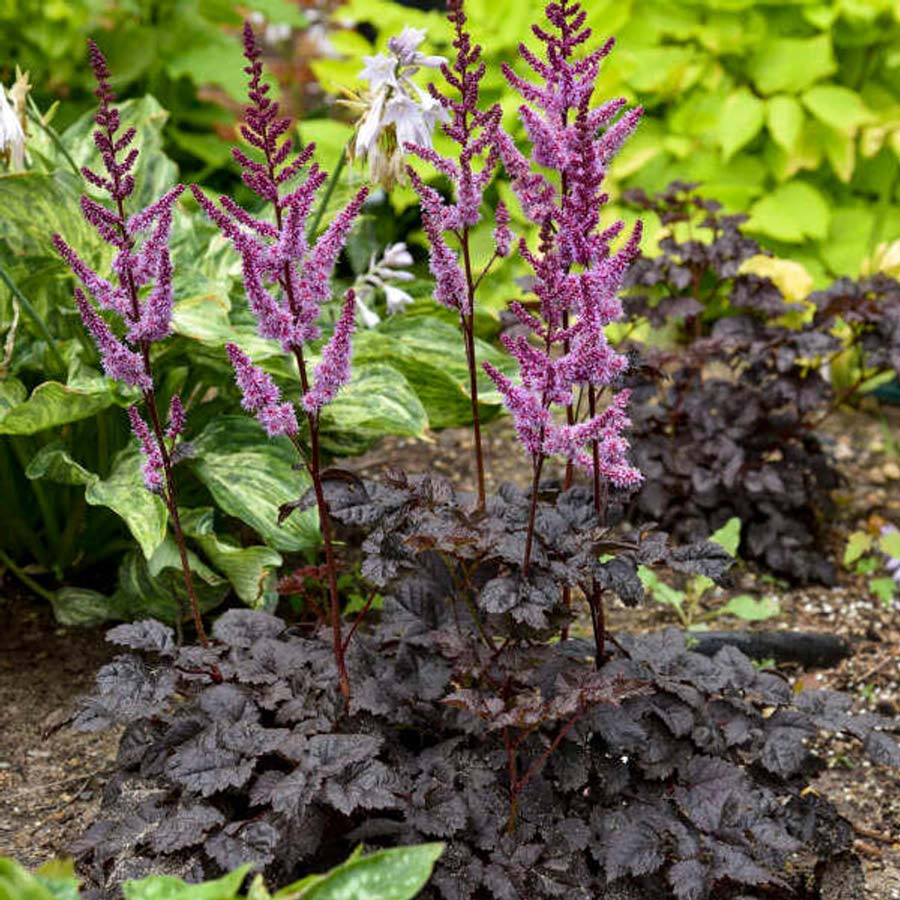
Astilbe ‘Dark Side of the Moon’. Photo courtesy Walters Gardens
Fanciers of dark-leafed plants will love this new shade-tolerant perennial that’s the market’s first dark-leafed astilbe with purple flowers.
The leaves of ‘Dark Side of the Moon’ emerge yellow with a glossy, dark margin and then morph to a uniform, deep-chocolate/burgundy.
That look earned the plant the National Garden Bureau’s 2023 Green Thumb Award as the year’s best new perennial.
‘Dark Side of the Moon’ grows 20 to 22 inches tall, including the late-summer rosy-purple flower spikes. It’ll do well in shade or part shade (full sun, too, if kept damp) and is hardy in Zones 4-9.
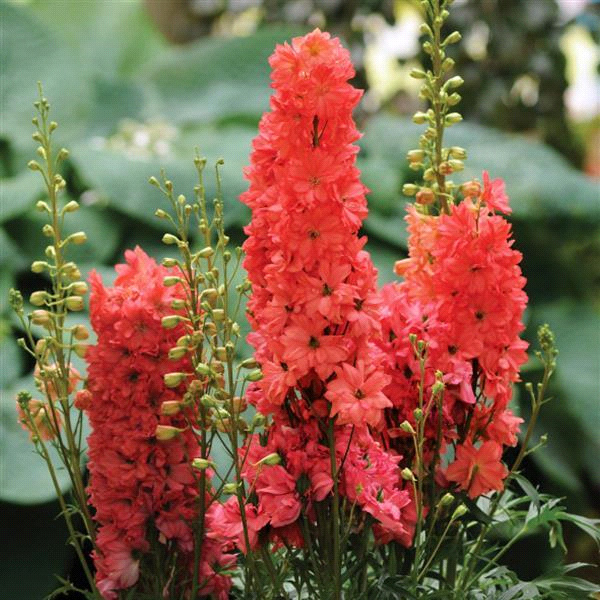
Delphinium ‘Red Lark’. Photo courtesy Darwin Perennials.
Delphiniums are among the showiest of perennials with their huge flower spikes of blue or purple, but what sets ‘Red Lark’ apart is its novel coral-red blooms.
That new color turned enough heads at the plant industry’s 2022 Cultivate show in Ohio that ‘Red Lark’ won the show’s 2022 Retailer’s Choice Award as the new perennial with the best potential to become a garden-center best-seller.
‘Red Lark’ blooms from late spring into summer and has strong enough stems that it doesn’t need staking to support its large flower spikes. Including the flower spikes, plants top out at four feet tall.
‘Red Lark’ grows best in full sun and is hardy in Zones 5a to 8b.
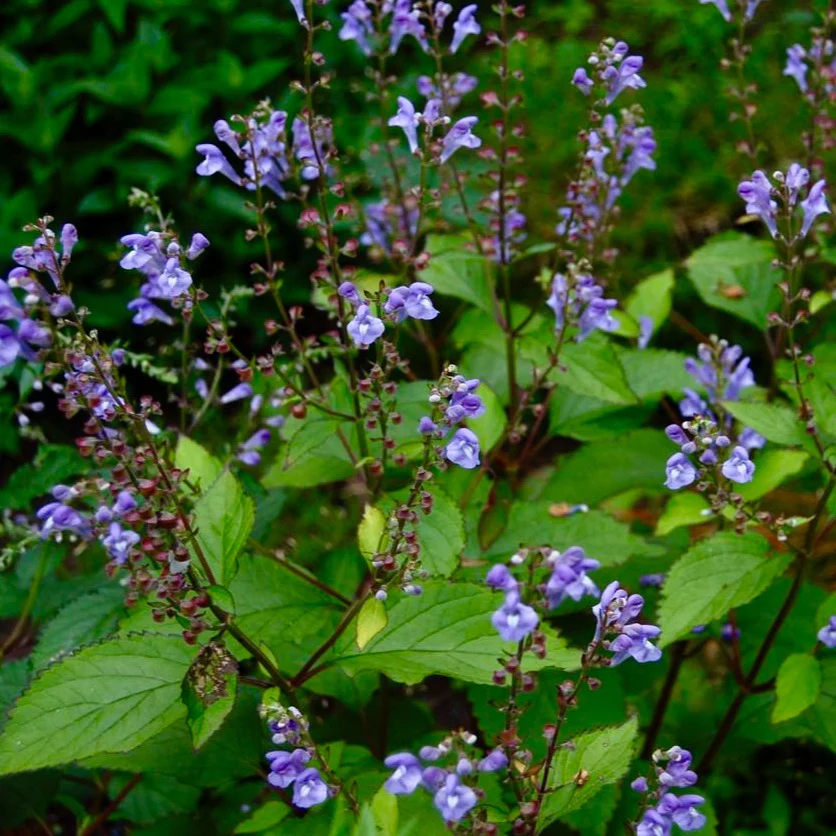
Scutellaria Appalachian Blues. Photo courtesy Plants Nouveau
Here’s a new natural-hybrid, bee-favorite perennial that will give gardeners a native alternative to salvias and lavender.
The leaf edges of skullcap ‘Appalachian Blues’ are eggplant-purple and the flowers are similar in form to salvia. The flower color is a bicolor blend of blue and white with black bases.
Plants grow about two feet tall in sun or shade. The variety is hardy in Zones 4 to 9.

Pulmonaria ‘Silver Scimitar’. Photo courtesy Terra Nova ® Nurseries, Inc.
Showy bicolor flowers and silvery foliage combine to make this shade-preferring perennial a colorful one all season long.
Lungwort ‘Silver Scimitar’ has wavy-edged, strap-like leaves that are nearly pure silver. The flowers are a blend of pink and purple and appear in April and May.
Plants grow about eight inches tall with the flowers reaching up another nine inches.
Like all lungworts, ‘Silver Scimitar’ grows best in shade or part sun and is deer-resistant and an early-season draw for hummingbirds. It’s hardy in Zones 4 through 9.